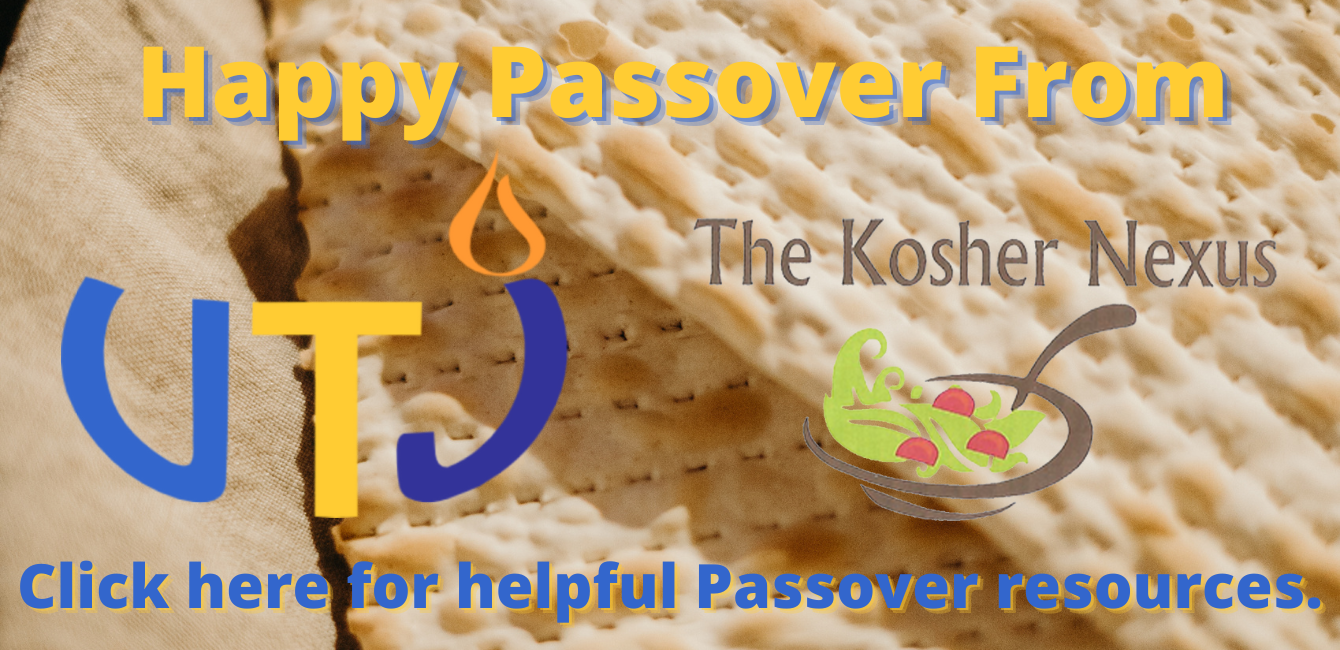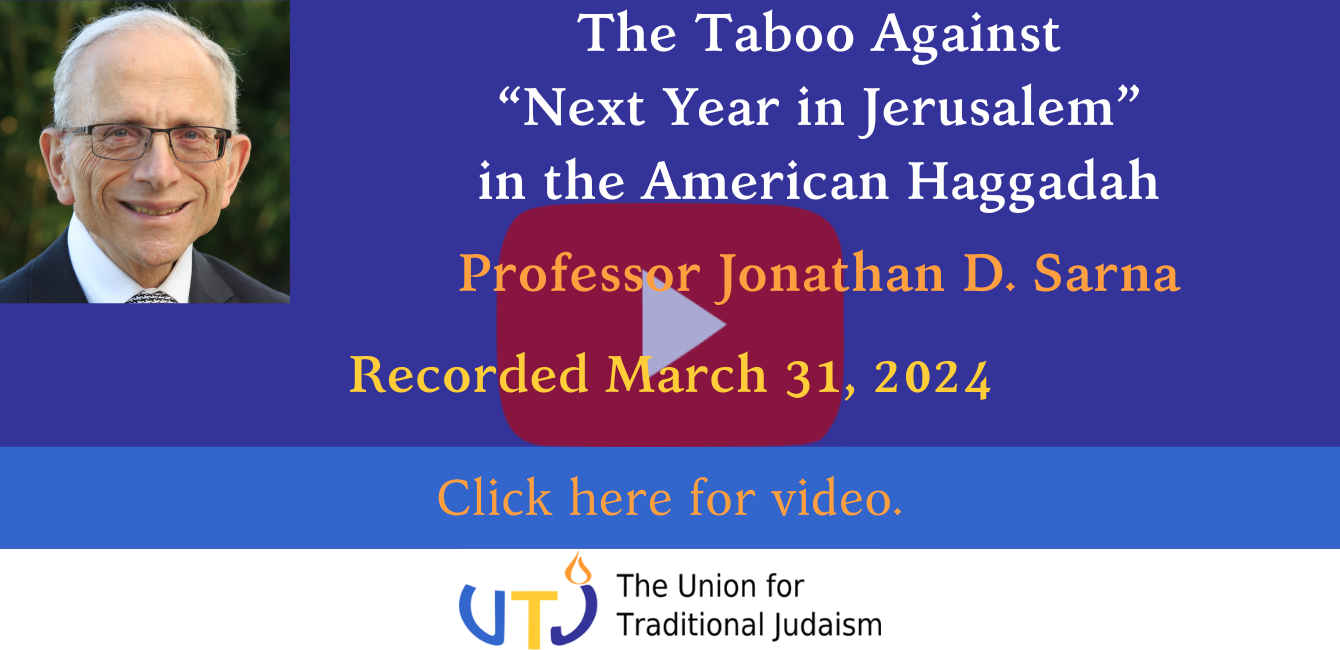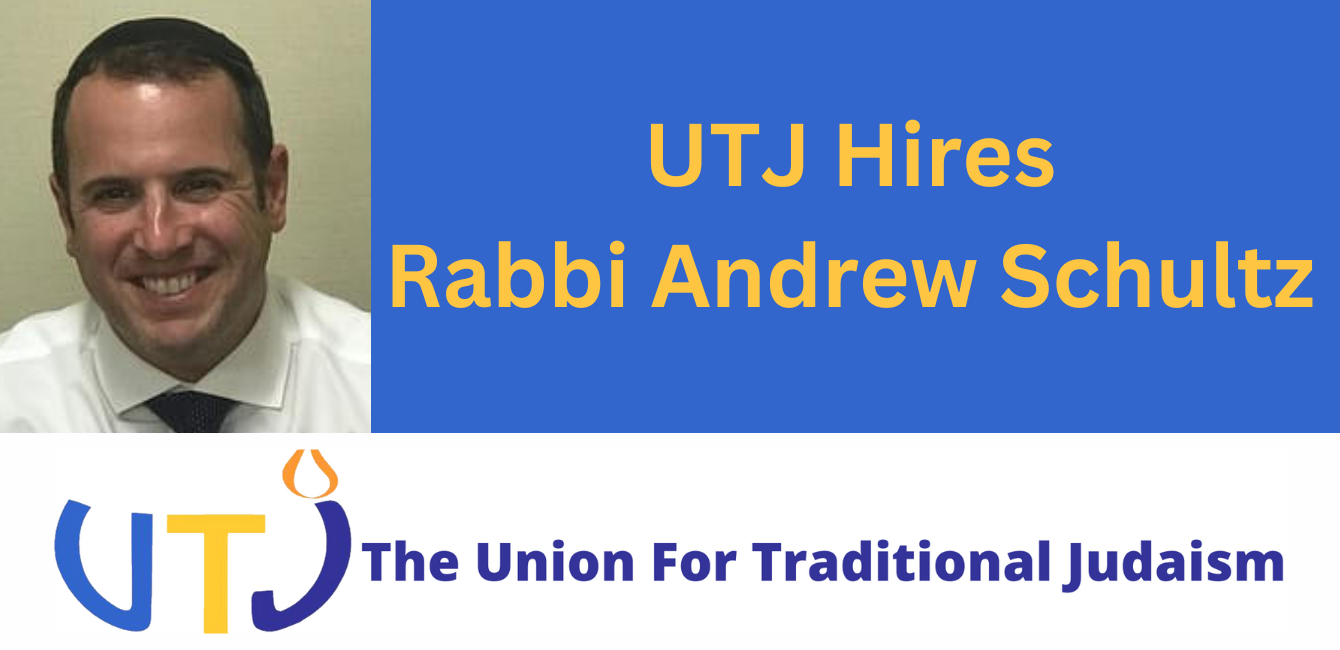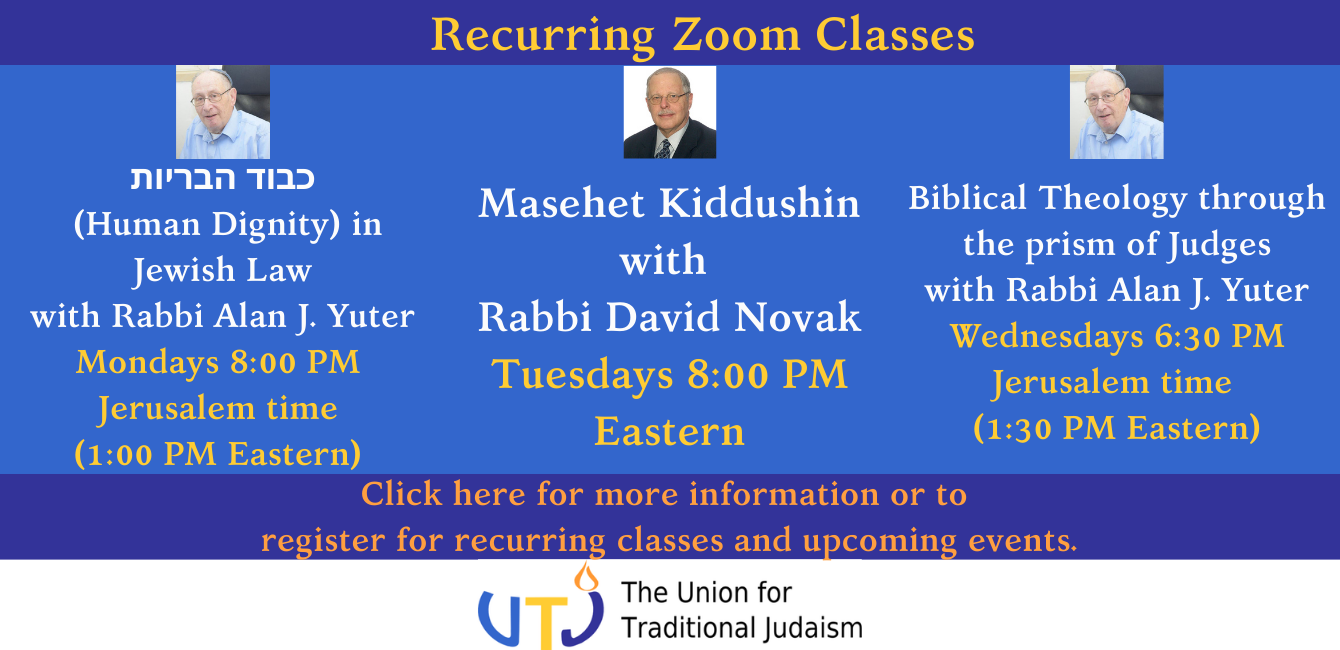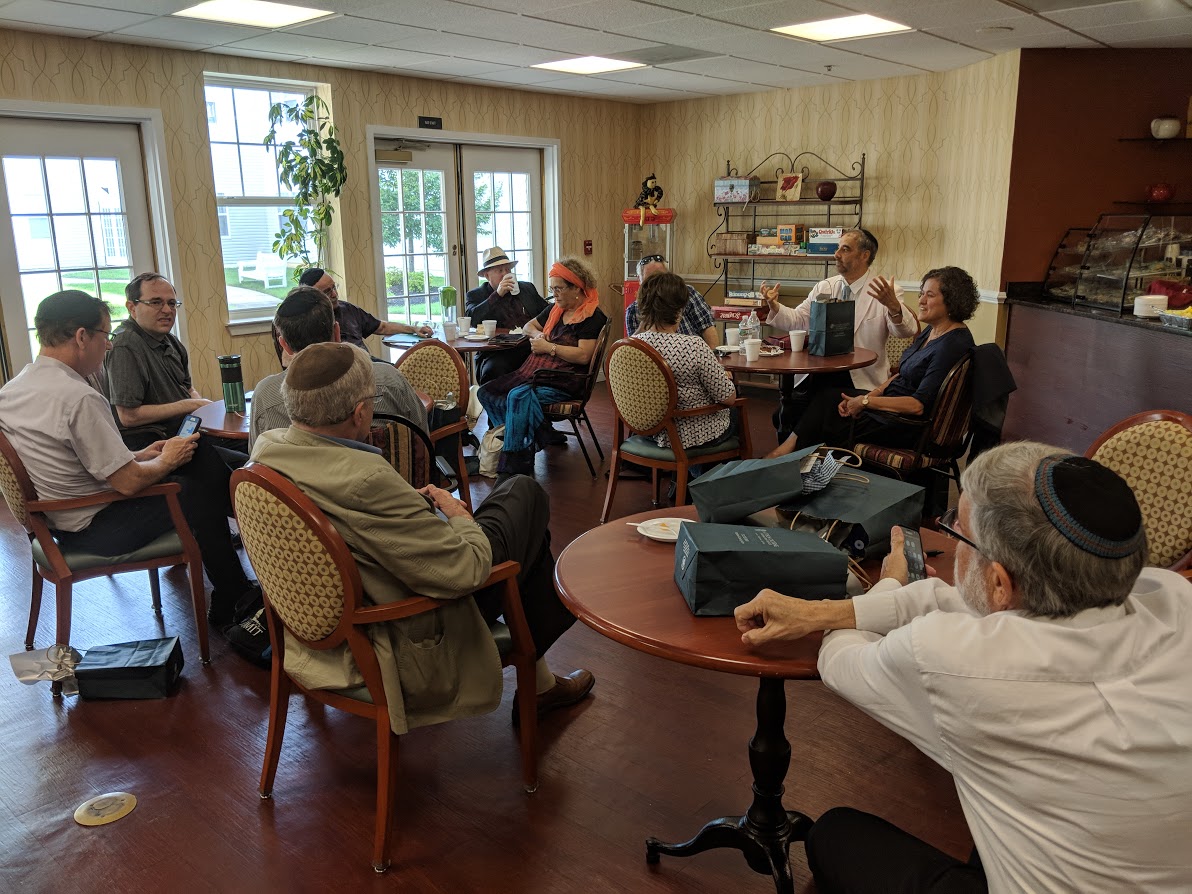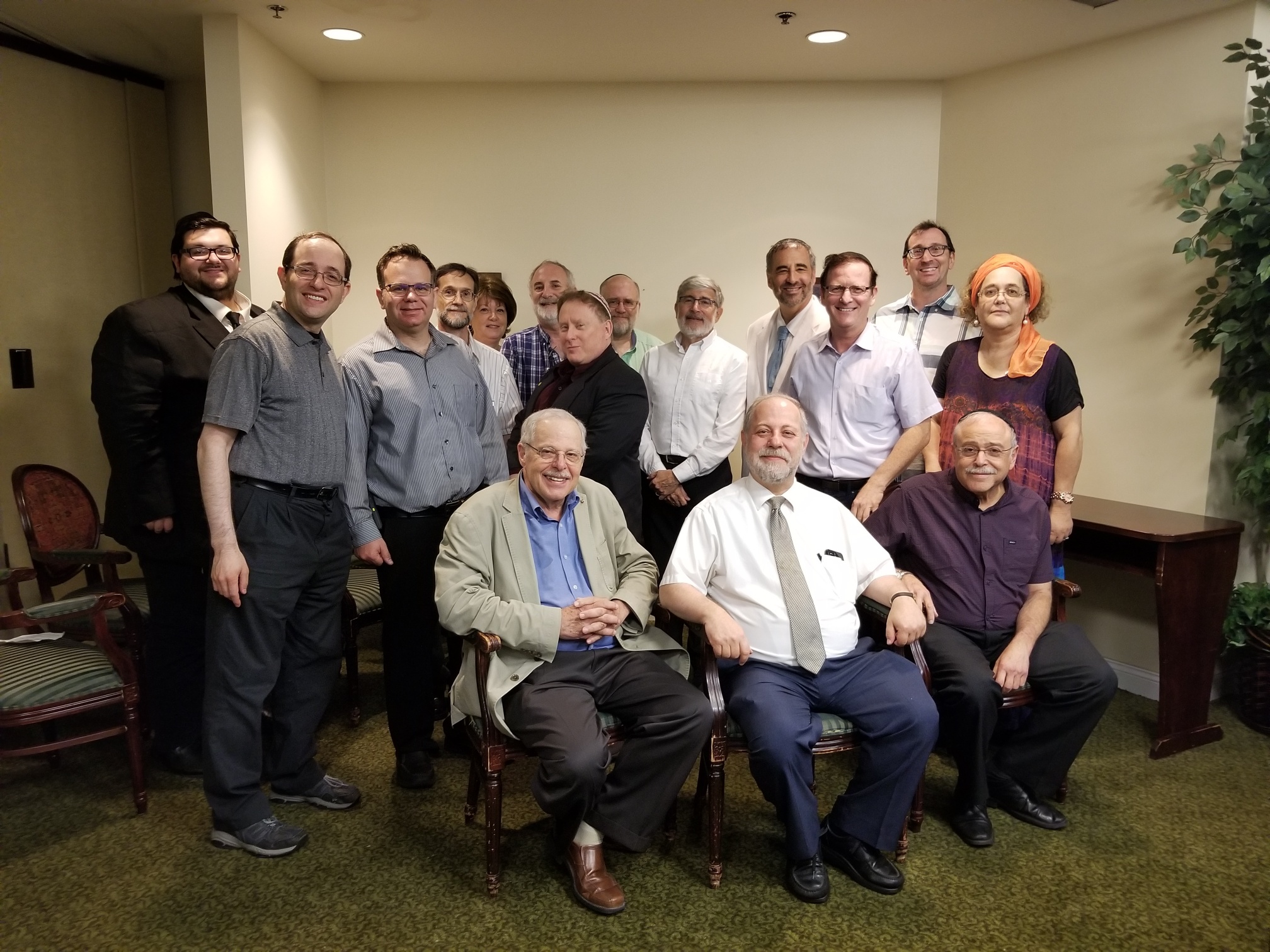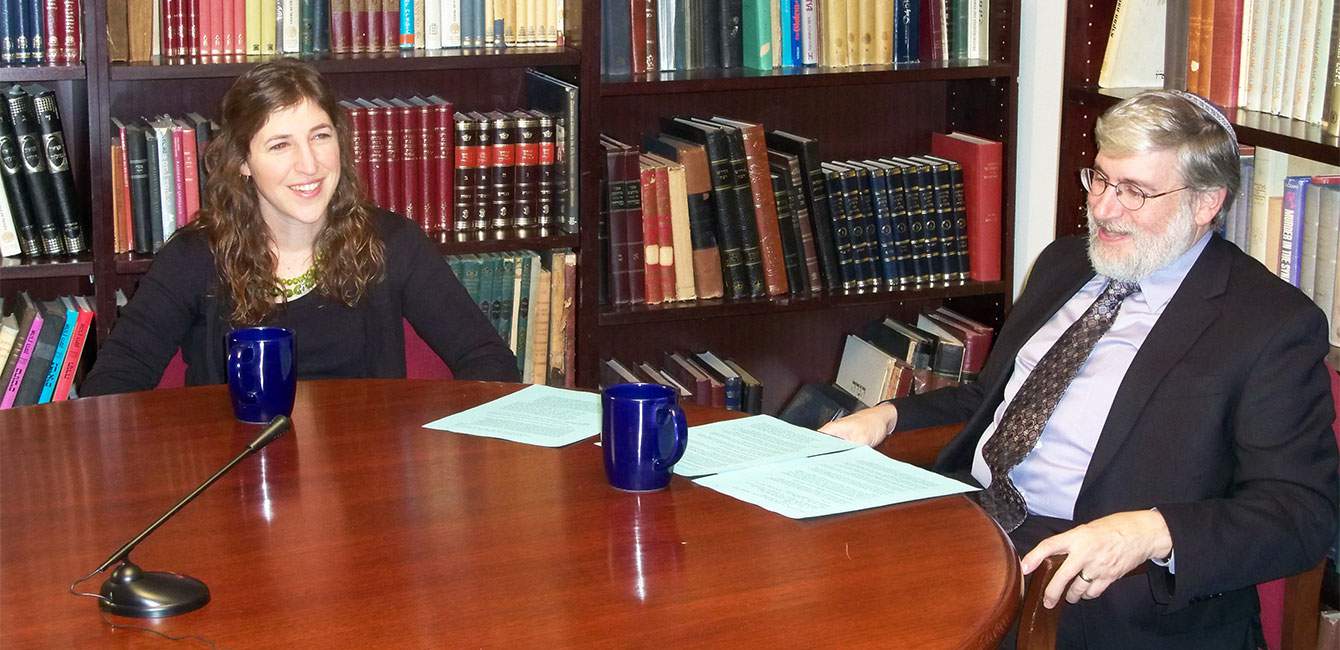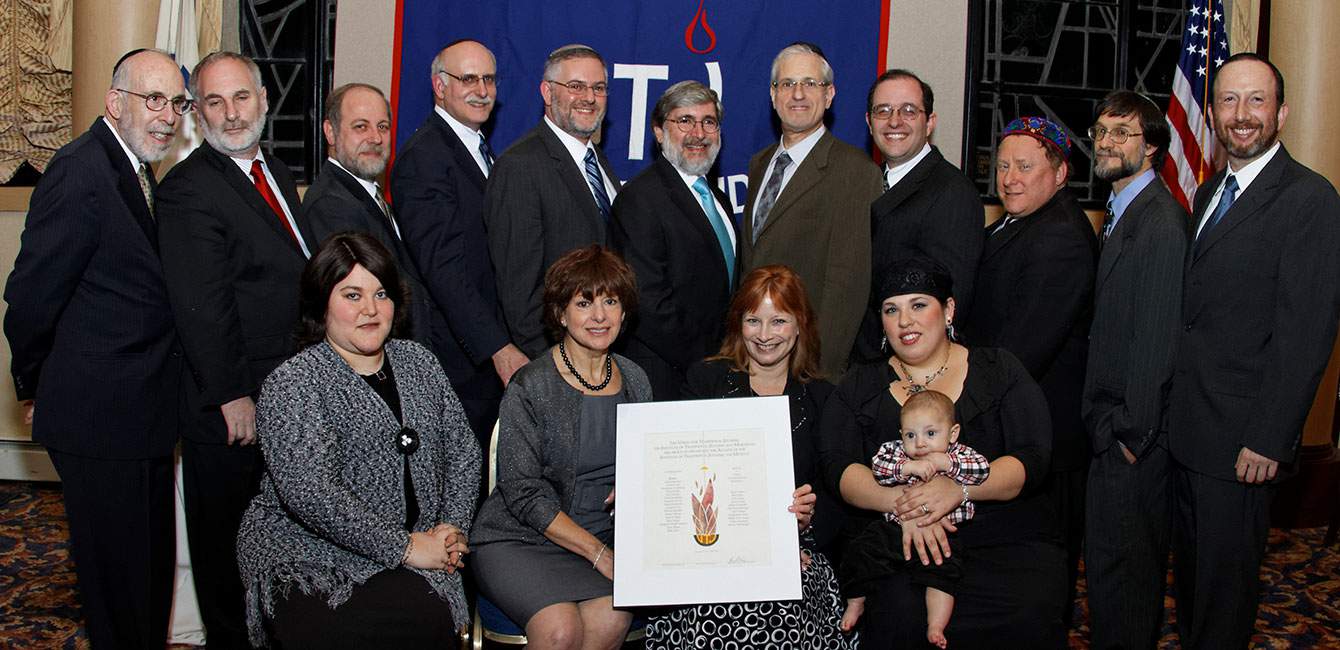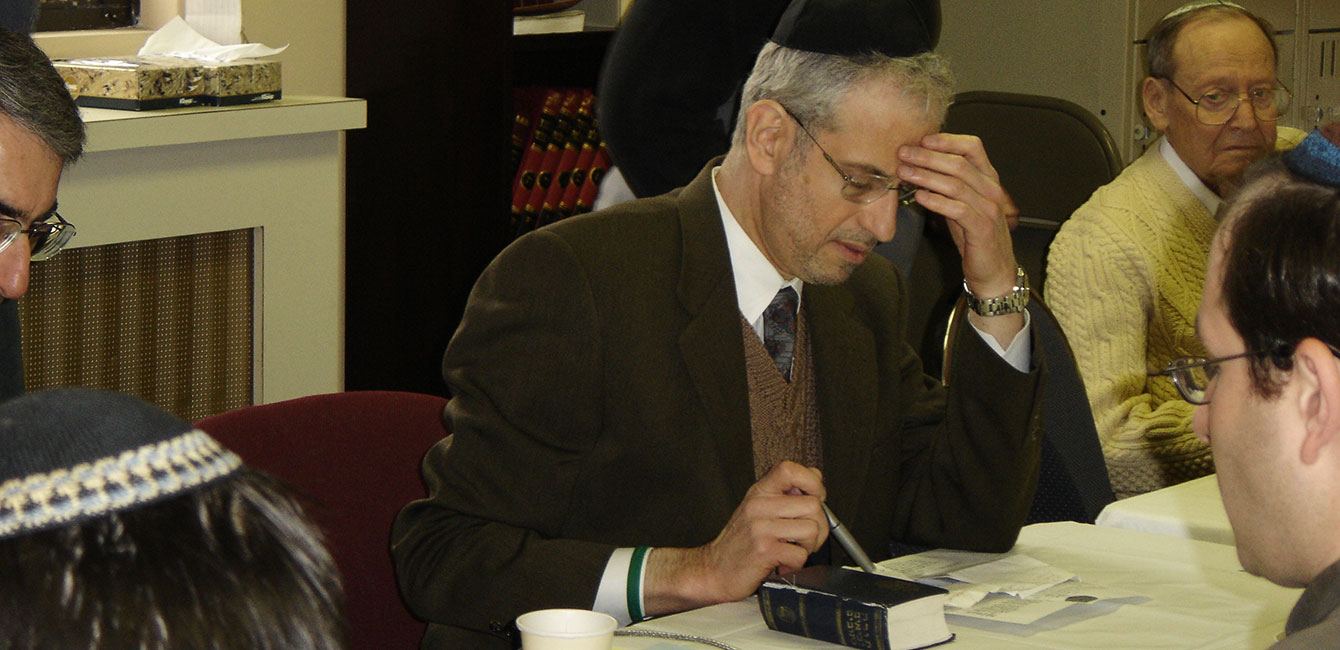Disclaimer: The opinions expressed here are that of the writer and do not necessarily represent the views of the Union for Traditional Judaism, unless otherwise indicated.
On Purim, Diaspora Jewry enjoyed a temporary victory. The Esther Scroll begins with Ahasuerus on his throne lowering taxes in a rudderless regime, and the Scroll ends with the same King, still sitting precariously on his throne, now raising taxes. After all, paying for frequent alcoholic parties and maintaining an extensive monarchical harem is financially expensive, socially corrupt, and likely unpopular. After all, when Persia’s Jewry is condemned to annihilation, the King and Haman sit down to do what they do best, imbibe until intoxication. Given the King’s fears of a coup d’état, especially after Bigtan and Teresh’s abortive attempted coup, the social threat of Vashi’s insubordinate refusal to show her feminine assets before a leering assembly, and his Queen’s interest in Haman, whom Esther invited twice to drink with the King and her, the reader can appreciate why the red-nosed Persian emperor is unable to sleep.
Without Jewish sovereignty, the Jew, be he Joseph, Mordecai, or Daniel, might rise to the rank of viceroy, the second to the throne. But Jewry’s political position is always precarious and dangerous in Diaspora. Jews do not like to be noticed; Mordecai advises Esther not reveal her identity. Until Mordecai made a scene, Persia’s Jews did not respond as Jews. Esther and Mordecai were given personal names that refer to Ishtar and Marduk, important non-Israelite Near Eastern deities. Committed Jews do not name their Jewish children “Christopher,” “Pius,” or “Muhammed.” The Purim narrative begins, and ends, in exile, where assimilation is an unavoidable threat.
The Passover narrative is radically different. It opens with the Egyptian enslavement and was supposed to conclude with Israel redeemed living with the Shechinah’s Presence in the Jerusalem Temple. Purim’s four obligations, [1] reading the narrative of the Esther Scroll, [2] giving gifts to the poor, [3] food to friends, and [4] festive feasting are all direct ritual responses to the physical threats Jewry faced in the Diaspora. Passover’s telling of the Exodus Narrative serves a different, and permeant, purpose, the nurturing of the free, confident, moral agent who is a proud member of the Jewish people.
On Seder night, all types of Jews need to be addressed, informed, and nurtured: one who is wise, one who is wicked, one who is simple, and one who is unable to process information to even ask an intelligent question. Yet each son is called “one,” because each child is unique, special, indispensable, and irreplaceable. This assignment of personal worth and dignity contrasts sharply with the reality of ancient Egypt, the “house of slaves,” where everyone is a slave. In Egypt, everyone is an object, a heftsa, to be possessed; in Israel, the individual is a gavra, a human person of infinite moral worth. According Jewish law, an important object may not be nullified even if it is not noticed in a mixture; how much more so the human being who may never be reduced to a nullity. Even the condemned convict must have his/her dignity protected [b’Arachin 7b], the Jewish poor are entitled to food, matsa, and wine on Passover. A Jewry worthy of God’s Presence in its Temple is a people who provides for its own weakest links.
These four sons are not necessarily four distinct individuals; they also represent each and every Jew who is engaged in Jewish life. An infant’s world is waiting to be filled and, at birth, is unable to ask a question; the toddler cannot yet process the abstract information that is required to be able to ask a question. Parents and teachers provide the scaffolding of culture. Once reaching the threshold of cognitive competency, the child becomes a tam, a person who absorbs the world with wonder, naively, innocently, and asks as a discoverer, “what is this?” mPesahim 10:4 teaches that the father raises the so-called four questions if the child is as yet unable to ask appropriate questions. If the child asks, she or he ought to be answered directly, appropriately, and in a fashion that will enable the child to identify as a loyal member of the Jewish people. Ideally, the child’s questions determine the conversation. The Mishnah, the first Oral Torah document to be canonized, which unlike Street Culture Orthodoxy, represents the normative Orthodox Tradition, is making two distinct claims. The Passover Seder should ideally begin with the child’s questions; the father asks the four questions only as a default procedure, if the child does not or cannot ask. The Jewish tradition mandates a dialogue, not a dictation on Seder night. Today, the child is told what to ask and the “answer” given is a fixed, canned, quasi canonical text, which must be recited, and not told. If the father teaches his child according to his/her capacity [da’ato], then one size, and one single text, cannot possibly be appropriate for every youngster, not to mention the four sons of the Seder.
Here lies the problem of our own Jewish historical experience. We fear what Rabbi Abraham Joshua Heschel calls the “Insecurity of Freedom.” Our official and real religions do not always coincide. We speak of dialogue, but will not allow dialogue to take place. The innocent Tam may become a sage or a “wicked” son. Wicked is perhaps a misleading adjective. This person is rebelling, alienated, and disconnected. And the Jewish community must deal with the indifference that alienation generates. Orthodox Jewish leadership promises a higher moral standard, it claims that it alone is the incarnation of Torah in our time, and believes that its elite alone possesses the authority to make normative Jewish policies and judgments. For example, RCA rabbis voted not to “recognize” female rabbis because the elite rabbis it decided to canvas proclaimed, without addressing the claims of the dissidents it rejected, that this change in Jewish life violates an uncodified Jewish “Tradition.” These rabbis suggest that in addition to the revealed law, which is open to all to review, there is an esoteric, unwritten Tradition that only its own select elite rabbis have the right and ability to parse. There was no conversation, discussion, or dialogue. Rabbis Joel bin Nun and Daniel Sperber disagree. Their arguments are public record but are not addressed by the RCA. Many Orthodox rabbis agree with these two sages but fear being blackballed by the Orthodox establishment for not deferring to the theologically correct elite.
When some rabbis claim that there are indeed secret rules, knowable to rabbinic elites alone, they reify the ethos of the past into an ethic of submission in the present, they also violate the Jewish legal procedural rule that requires that all sides be heard and addressed. Authentic Torah law is revealed to everyone. The claim that unelected latter-day saintly rabbis indeed are empowered to rule the Orthodox community without being open to question, response, and assessment is not particularly Orthodox, either.
According to Jewish Tradition, observing Torah Law does make Jewry free. Laws require, forbid, and when silent, permit and authorize innovation. So when some “Orthodox” rabbis declare that listing a woman’s name on a wedding invitation or allowing a bride to beat a drum at her own wedding is immodest, the Modern Orthodox Jew will challenge [a] how do you, Mr. Authority Person, know that, [b] where in the Oral Torah library is it memorialized that women playing the drum or being mentioned by name, are immodest activities, and [c] how is men’s fantasizing about women’s modesty a modest endeavor? If we want to adopt a stringency, we ought to outlaw the married woman’s wig, a practice forbidden at bShabbat 64b, a source far more Masoretic than the undefended, apodictic claims of latter-day saintly rabbis.
Current practice of contemporary Jews is to train their children to mouth the four questions of the Seder. And our children dutifully recite what they are told and read the Haggadah text that appears in print. We correctly proclaim that Judaism endorses freedom under the Torah Law. But the few “good” men who preside over Orthodox Jewish culture do not want Jews to be free; these presiding rabbis demand obedience, deference, subservience, compliance, and commitment to their intuitive, charismatic authority because the Jewish people cannot handle the truth. The Tradition of the Mishnah that prefers the child ask freely framed questions may no longer be tolerated, in spite of the Mishnah’s undisputed canonicity. The answers given by the Haggadah are not direct answers to the questions being asked. Our contemporary Seder serves to socialize the Orthodox child into current Orthodox society, but not necessarily into the religion commanded or commended by the official religion, canonical Oral Torah. The former Orthodoxy conditions its adherents to conform to convention; the latter Orthodoxy empowers its followers to discover, dissect, and honestly determine what the Torah’s Author actually requires of them.
They for sure will not ask why we read the Haggadah as if it were an official, fixed, canonical text when we are supposed to tell a narrative which presents the Exodus as a paradigm of freedom, redemption, and self-starting moral agency, not merely as the passive commemoration of an event that happened in the distant past. Jewry cannot celebrate its identity by denying individuality and where the tam, the innocent, naïve, pure child is allowed to become cynical, rebellious, and alienated. The tam is promised a dialogue, but is confronted with a catechistic litany. She or he is required to confess the communal narrative, daring not to ask questions that might call the accepted, popular religion narrative into question. The voice we hear from the Rabbinic establishment is the voice of empowerment, of a Torah law that nurtures independence, autonomy, and discovery, but we are confronted with the heavy pedagogic hand that demands that we submissively say the words, perform the rites, and be content to be unthinkingly compliant clones of our peers. For this version of Orthodoxy, this version of Talmud Torah is about being trained as if for war, programming the student with the skill set of behaviors that confirm a validating insider status of a communally compliant member. Since this version of Orthodoxy is not really about obeying Torah law but is rather about uncritically accepting social convention in order to “fit in,” there are many young people who are naïve and innocent, at first temimim, who with time and disappointment become jaded, cynical, alienated, and rebellious. They sense that the Torah they are told is no more than a mythic narrative of social control, manipulated by an elite, whose personal authority is as unquestionable as God’s revealed will.
The religiously serious Modern Orthodox Jew resolves the tension that alienates the tam from the Torah by applying philology to Torah learning, liberating the Torah given to all Israel from those who would mediate its message by filtering and suppressing the attested Torah precedents with which it disagrees. The Seder is supposed to be a personal quest for Torah truth, but for many it is an expression of Orthodox identity and habit. The wise son will be able to provide the rebellious son with good, honest, and reasonable answers. For instance, most Jews place three matsot on the Seder plate, ignoring the teaching that as “poor people’s bread,” we are required to choreograph this impoverishment by saying ha-motsi on a matsa wafer and a half, not the popular, but possibly incorrect, practice of using three wafers on the Seder plate [Maimonides, Hamets u-Matsa 8:6].
Since we pretend we are eating the Paschal offering in purity, and since wet vegetables are susceptible to contracting impurity, we take the karpos, the Greek word for vegetable, wash our hands, and dip it in water. This is a requirement of Jewish law that has been forgotten because we no longer study the Oral Laws of Holy Things and Purities. According to the letter of the Law that some of us have forgotten, one should for karpos wash one’s hands with a commandment blessing [present in the ancient haggadot and and consistent with Rashi and all of the early medieval rabbis (geonim) per Daniel Goldschmidt, Hagadah Shel Pesach, p.7], eat an olive bulk of the karpos and say the after snack borei nefashot blessing [Goldschmidt notes that most of the ancient hagadot included a grace to be said after karpas, which would only be said if a person ate an olive’s bulk. See also Maimonides Laws of Chametz and Matzah 8:2, compare Shulchan Aruch Orach Chayim 473:6]. When teaching these rules, I am often challenged, “why are you changing the Traditions, ignoring the practice of your anscestors, and deviating from standard Jewish practice?” In point of fact Judaism is the nomos and narrative of the Torah canon, not what Jews happen to do; this is precisely the difference between Jewish Orthodoxy and Reconstructionism. Judaism is what the Law requires, not what uninformed Jews happened to do. See Lamentations 5:7. Is it possible that all Israel can be wrong? At Leviticus 4:13, God seemed to say so, that the Jewish people can make such an error, especially if and when the Orthodox rabbinic leadership claims that it may not be subject to review. A rabbinate that may not be held to account is a rabbinate whose errors will go uncorrected.
In the Torah that God gave, God is always right. People can and do make mistakes. A Torah that is a map as well as a code empowers a dialogue between text, teacher, and student. Instead of superseding and silencing the canonical text, the student and teacher discover together the Divine message encoded in that text, in dedication, or hinnuch. While limmud, or training, conditions the student to culture compliance and expectation recovery, hinnuch and its philological methodology dedicates the student to discover God’s will with the benchmarks by which the teacher’s teaching may be assessed, joining teacher and student, the wise man who teaches the wise son, how to cure the alienation of the alienated rebel, the naivete of the tam, and the ignorance of the uninitiated.
On Purim, we recall that special night when the King could not sleep. That is because the King is not supposed to sleep. In Persia, the Jews almost succumbed to assimilation and were threatened with genocide. Israel’s real King is Israel’s watcher, the shomer Yisrael, Who neither slumbers nor sleeps [Psalms 121:4]. Torah Law does not require mere mechanical compliance, it is a behavior code, a moral map, and the insurer of human dignity. Authentic Torah commands us to be free, respectful to other people, but deferential only to God [Prov. 21:30]. The wise son is not trained, he is educated. She or he learns how to think and act, not what to think and do. On Seder night, we observe a lel shimmurim, a night of vigil, for the Watcher of Israel Who neither slumbers nor sleeps.
Jewry survived those who arose to destroy it, from Pharaoh to Henry Ford, Tacitus to Torqemada, and Haman to Hitler. Israel endured because it possessed and applied the Torah, making Israel mentally free. We did not learn by rote, we learned to be moral agents, “doing what is right and good [Deut. 6:18].” When we are told to surrender our conscience, we say “no.” When pressured to bow down, Jewry defiantly stands up. By insuring the poor that they have wine and matsa for the Seder, we preserve the Passover for others, and for ourselves. It is not enough that we behave by mechanical rote, with canned answers to programmed questions; the Mishnah of the Four Questions reminds us to ask real questions, because that is the only way we find truth and integrity and we seek the right answer as adults who have made the commitment to be free.
Enjoying UTJ Viewpoints?
UTJ relies on your support to promote an open-minded approach to Torah rooted in classical sources and informed by modern scholarship. Please consider making a generous donation to support our efforts.




